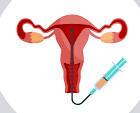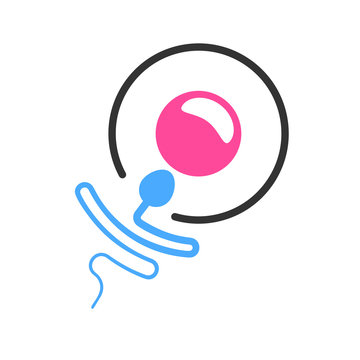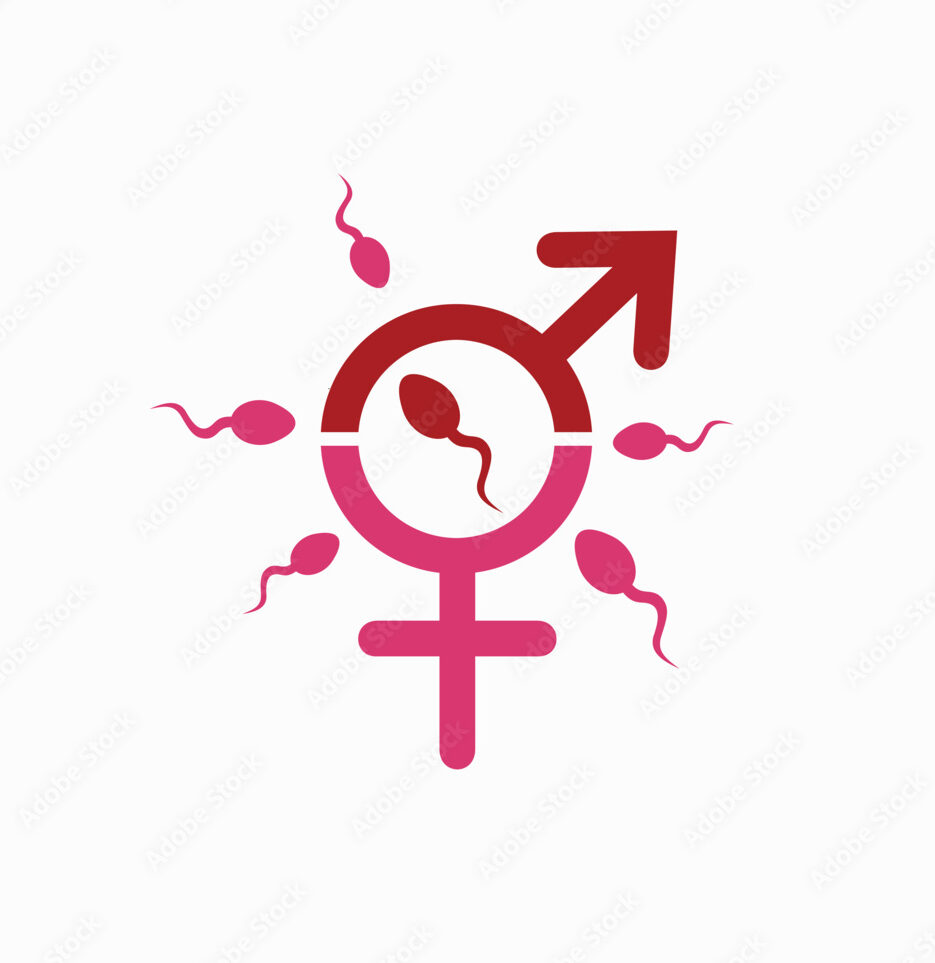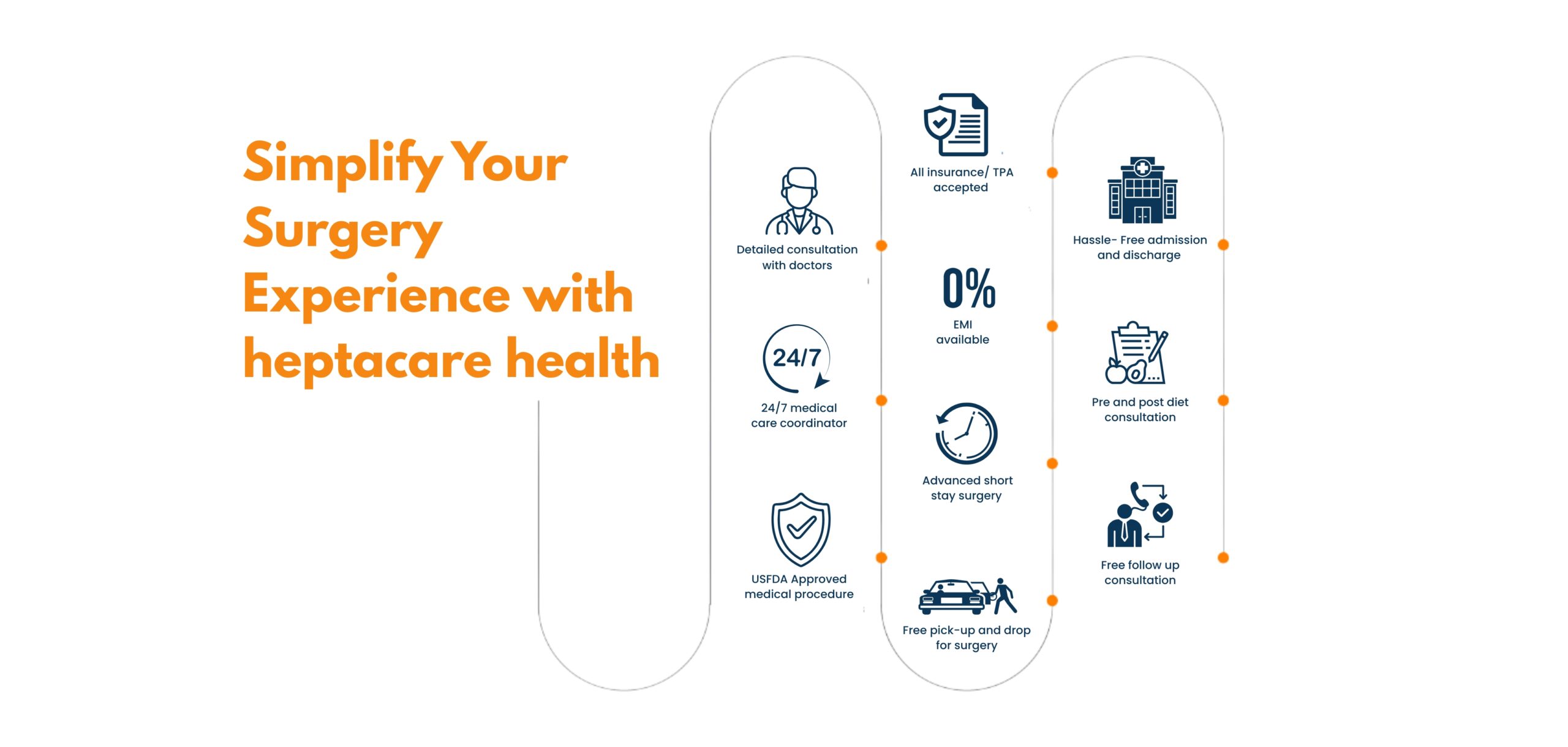IUI (intrauterine insemination) is a type of artificial insemination. Sperm that have been washed and concentrated are placed directly inside of your uterus during ovulation. This helps healthy sperm get closer to the egg when it’s released by your ovaries. It’s a common fertility treatment for couples or individuals wishing to conceive.
Happy Patients
Disease
Hospitals
Cities
Intrauterine insemination (IUI), a type of artificial insemination, is a fertility treatment where sperm is placed directly into a woman’s uterus.
During a natural conception, sperm has to travel from your vagina through your cervix, into your uterus and to your fallopian tubes. Only 5% of the sperm are able to travel from your vagina to your uterus. Once your ovary releases an egg, it travels to your fallopian tube. This is where the sperm and egg meet and fertilization occurs. With IUI, the sperm is collected, washed and concentrated so that only high-quality sperm remain. This sperm is placed directly into your uterus with a catheter (thin tube), putting it closer to your fallopian tubes. IUI makes it easier for the sperm to reach an egg because it cuts down on the time and distance it has to travel. This increases your chance of becoming pregnant.
Healthcare providers often try IUI before other more invasive and expensive fertility treatments. IUIs can be performed with your partner’s sperm or with donor sperm. A woman may take fertility drugs to ensure eggs are released during ovulation.
People choose IUI for many reasons, such as infertility issues, or as a reproductive option for same-sex female couples or females who wish to have a baby without a partner, using a sperm donor.
Intrauterine insemination (IUI) may be used when these conditions are present:
The timeline for the IUI procedure is approximately four weeks (around 28 days) from beginning to end. It’s about the same length as a regular menstrual cycle.
The success varies depending on the underlying cause of infertility. IUI works best in women with unexplained infertility, and women with cervical mucus issues or men with issues with ejaculation. There are certain conditions like fallopian tube disorders, endometriosis or severe sperm impairment where IUI won’t work well. Treatments like IVF (in vitro fertilization) may work better for these issues.
Intrauterine insemination (IUI) is different from in vitro fertilization (IVF) because fertilization occurs inside of your fallopian tube in an IUI procedure. A sperm sample is collected and washed so that only high-quality sperm are left. This sample is inserted into your uterus with a catheter during ovulation. This method helps the sperm get to the egg more easily in hopes fertilization will happen. With IVF, the sperm and egg are fertilized outside of your body (in a lab) and then placed in your uterus as an embryo. IUI is less expensive and less invasive than IVF. IUI has a lower success rate per cycle.
Every treatment plan and healthcare provider may have a slightly different process. IUI treatment typically includes the following:
Before starting IUI treatment, you’ll need a thorough medical exam and fertility tests. Your partner will be examined and tested as well. This could include:
Your healthcare provider may recommend taking folic acid (included in most prenatal vitamins) at least three months before conception (or IUI treatment).
There are some mild symptoms that you can experience after IUI:
Most people will return to normal activities right away. You should avoid anything that makes you feel uncomfortable after IUI, but there usually aren’t any restrictions. A pregnancy test can be taken around two weeks after IUI.
Anesthesia isn’t required for IUI and the procedure shouldn’t be painful. However, you may have mild cramping and discomfort during and right after insemination.
IUI is low risk compared to other more invasive fertility treatments like IVF. Some of the risks of IUI are:
Other than the reason for infertility, age is the most important factor in determining the success of IUI. Most healthcare providers will recommend IUI before turning 40 to increase your chance of becoming pregnant.
As a person ages, they have fewer eggs and the quality of those eggs decreases. The pregnancy rate for IUI by age is:
Yes, you can have sex before and after IUI. You’re increasing your chances of becoming pregnant by having sex the day of IUI or the day after.


Based on 7721 Recommendations | Rated 4.68 Out of 5
Happy Patients
Clinics
Cities
Surgeries
Doctors
Hospitals

IUI (Intrauterine Insemination) is a fertility treatment where washed sperm is directly placed into the uterus to increase chances of pregnancy.

IVF is a fertility treatment where eggs and sperm are combined in a lab to create embryos, which are then transferred to the uterus for pregnancy.
Male fertility depends on healthy sperm count, motility, and shape for successful fertilization.

Female fertility relies on regular ovulation, healthy eggs, and a receptive uterus for conception.

Egg freezing is a procedure where a woman’s eggs are collected, frozen, and stored to preserve fertility for future use.

➡️ In men, low sperm count, poor sperm quality, or hormonal issues are common.
➡️ In women, ovulation problems, blocked fallopian tubes, or uterine conditions may cause infertility.
➡️ If you’re under 35, try for 12 months.
➡️ If over 35, consult after 6 months of trying without success.
➡️ IUI involves placing sperm directly into the uterus.
➡️ IVF involves combining eggs and sperm in a lab, then placing an embryo in the uterus.
➡️ Yes, age plays a key role. Fertility starts to decline after 30 and drops faster after 35, affecting both natural conception and IVF success rates.
●IUI treatment cost in Vizag ● low-cost IVF treatment in Hyderabad ● cashless fertility treatment near me ● painless IUI procedure in Vijayawada ● fertility treatment with insurance in Vizag ● IVF treatment cost in Hyderabad ● fertility treatment packages in Vijayawada ● affordable fertility clinic near me ● best IVF center in Hyderabad ● fertility consultation charges in Vizag ● IUI & IVF treatment cost in Vijayawada ● fertility hospital near me ● IVF procedure price in Hyderabad ● low-cost fertility treatment in Vizag ● fertility test cost near me ● fertility treatment with EMI in Vijayawada ● fertility specialist doctor near me ● fertility treatment packages in Hyderabad ● fertility clinic near me ● egg freezing cost near me ● IVF treatment for couples in Vizag ● painless IVF treatment in Hyderabad ● IVF for women above 35 near me ● best IVF hospital in Vijayawada ● IVF procedure cost in Hyderabad ● IVF treatment offers near me ● advanced fertility hospital in Vizag ● affordable IVF treatment near me ● fertility consultation fees in Hyderabad ● IVF treatment with EMI option ● advanced fertility care near me
Getting an accurate diagnosis can be one of the most impactful experiences that you can have.

cure with care
Copyright © 2025. All rights reserved.
Consult with our expert surgeon for more than 50+ diseases
Happy Patients
Hospitals
Cities